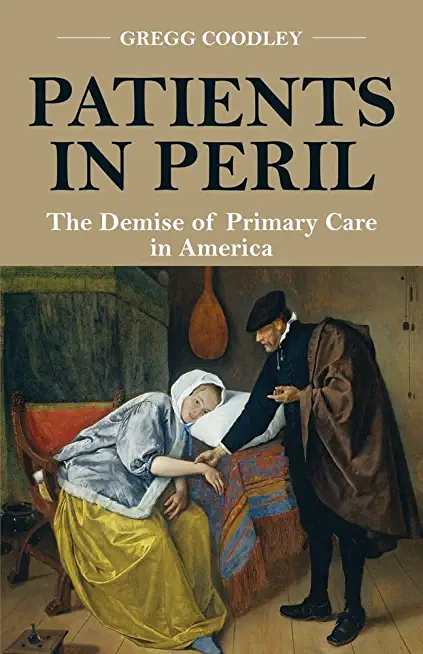
description
his experiences, opinions, and recommendations about heart disease and other cardiac problems A Strong and Steady Pulse: Stories from a Cardiologist provides an insider's perspective on the field of cardiovascular medicine told through vignettes and insights drawn from Gregory D. Chapman's three decades as a cardiologist and professor of medicine. In twenty-six bite-sized chapters based on real-life patients and experiences, Chapman provides an overview of contemporary cardiovascular diseases and treatments, illuminating the art and science of medical practice for lay audiences and professionals alike. With A Strong and Steady Pulse, Chapman provides medical students and general readers with a better understanding of cardiac disease and its contributing factors in modern life, and he also provides insights on the diagnostic process, medical decision making, and patient care. Each chapter presents a patient and their initial appearance, described in clear detail as Chapman gently walks us through his evaluation and the steps he and his associates take to determine the underlying problem. Chapman's stories are about real people dealing with life and death situations--including the physicians, nurses, medical students, and other team members who try to save lives in emergent, confusing conditions. The sometimes hard-won solutions to these medical challenges combine new technology and cutting-edge research together with insights drawn from Chapman's past experiences as an intern and resident in Manhattan during the AIDS epidemic, as a postdoctoral fellow at Duke University in the 1990s, and in practice in Nashville, Tennessee, and Birmingham, Alabama. Conditions addressed include the recognition and management of heart attack, heart failure, arrhythmia, valvular heart disease, cardiac transplantation, broken heart syndrome, hypertension, and the depression some people experience after a heart attack, as well as related topics like statin drugs, the Apple Watch ECG feature, and oral anticoagulants. Finally, the emergence of the COVID-19 virus and its disruption of normal hospital routines as the pandemic unfolded is addressed in an epilogue.
member goods
No member items were found under this heading.
listens & views

SYMPHONY 6 / SYMPHONY 7
by SCHNITTKE / OTAKA / BBC NAT'L ORCHESTRA OF WALES
COMPACT DISCout of stock
$19.99
Return Policy
All sales are final
Shipping
No special shipping considerations available.
Shipping fees determined at checkout.






